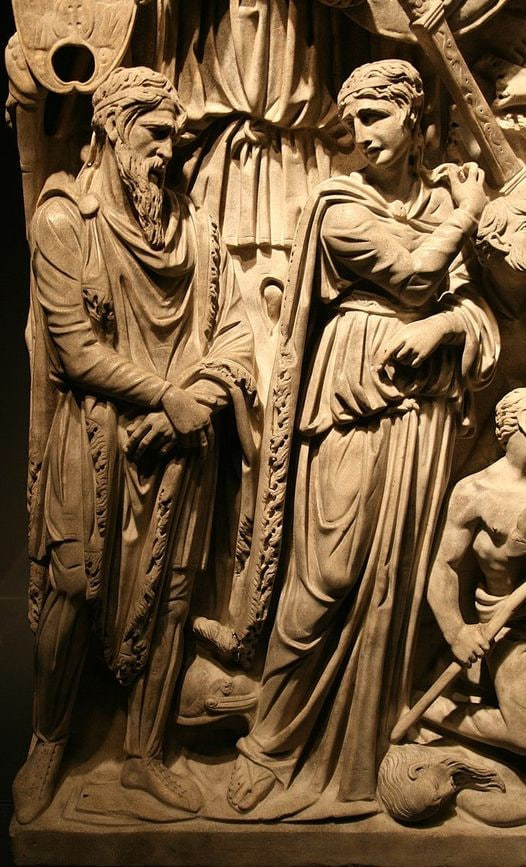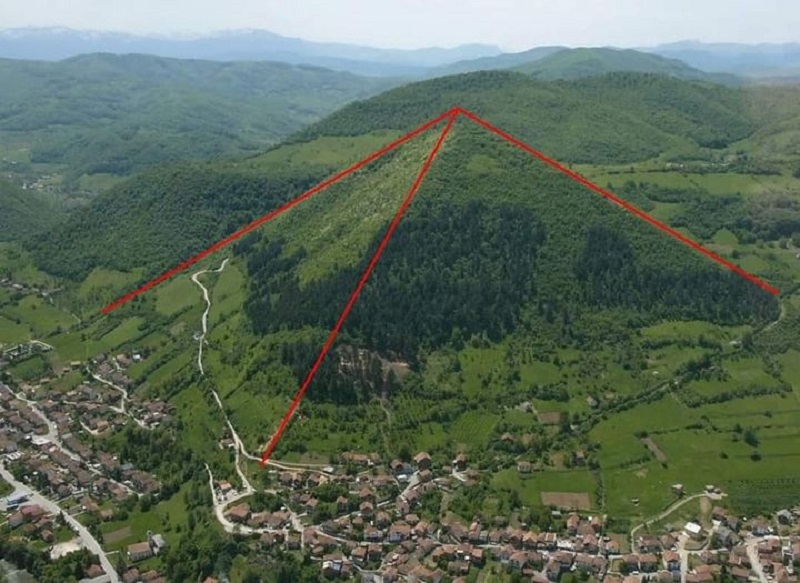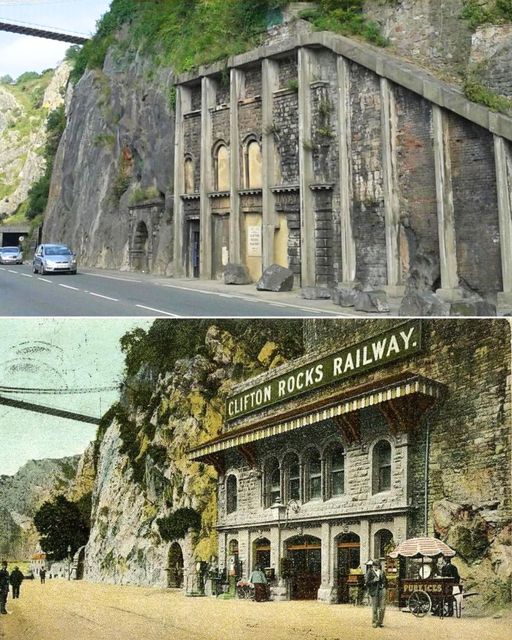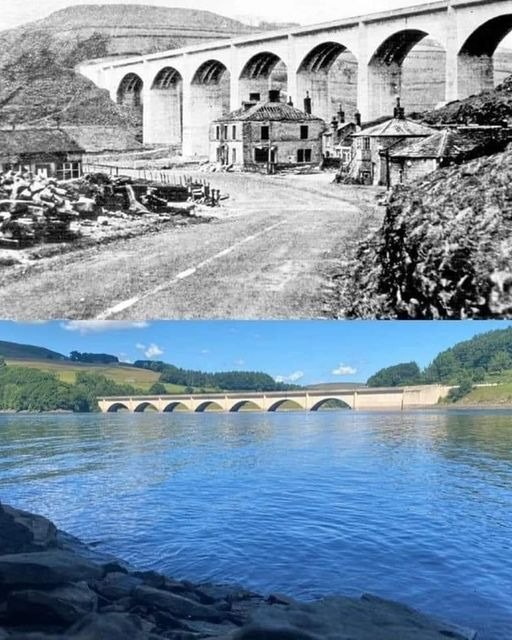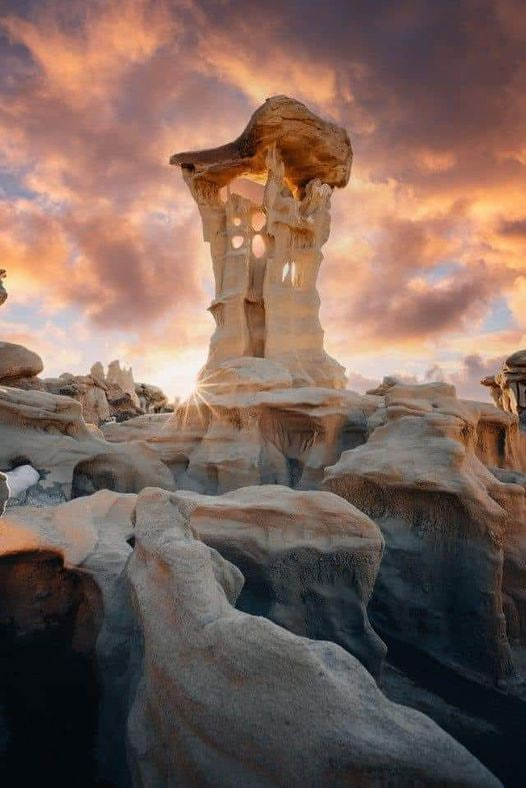In the dense foliage of the Mexican state of Campeche, far from the eyes of the modern world, lies a marvel of the ancient world: Calakmul. Situated deep within the jungles of the greater Petén Basin region and a mere 35 kilometers from the Guatemalan border, the city is a silent narrative of the Maya civilization's prowess.
Calakmul, known as the "City of the Two Adjacent Pyramids," stands as a monumental testament to one of the largest and most powerful cities of the Maya lowlands. These pyramids, towering above the forest canopy, were the heartbeat of a civilization that spanned twelve centuries from 550 B.C. to 900 A.D.

In its ancient context, the city was referred to as Ox Te’ Tuun, or "Three Stones," a name whose significance is etched in the enigmatic stelae that mark the city's grandeur. These stones bear the weight of history, chronicling the tales of rulers, conquests, and the cosmological beliefs of the Maya people.
Calakmul's discovery pierced through the veil of the Yucatán Peninsula's verdant curtain, revealing a sprawling complex of residential buildings, ceremonial structures, and an intricate network of causeways. Its grandeur is reflected in the extent of its domain, encompassing over 70 square kilometers and supporting a population that soared into the tens of thousands.
The rulers of Calakmul, known for their military might and expansive trade networks, ensured their city thrived as a hub of socio-political and economic activity. Its strategic location facilitated the control of trade routes and the accumulation of wealth and resources, which in turn financed the city's monumental architecture and patronage of the arts.
Today, the site is an archaeological gem, a UNESCO World Heritage site since 2002, not only for its historical and cultural significance but also for its biodiversity. The Calakmul Biosphere Reserve, surrounding the ruins, is an ecological treasure, preserving a portion of the Mesoamerican Biological Corridor.
Calakmul's allure is manifold: it is a canvas upon which the epic of the Maya unfolds, a reservoir of biodiversity, and a reminder of the transient nature of human endeavors. As the archaeologists peel back the layers of jungle growth, the story of Calakmul continues to be told, piece by piece, revealing more about the enigmatic Maya than we ever knew before.
The legacy of Calakmul resonates beyond its physical bounds, compelling us to reflect on the Maya's architectural genius, their understanding of the celestial bodies, and their complex societal structures. It serves as a poignant reminder of a civilization that once walked the halls of these ruins, now claimed by the roots and vines of the earth.
In uncovering Calakmul,


